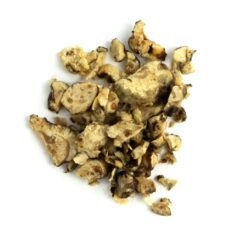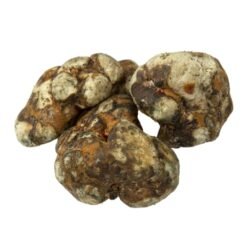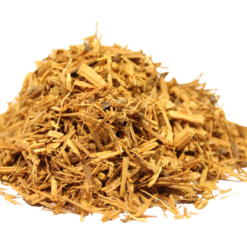-
×
 Mimosa hostilis (jurema)
1 × $18
Mimosa hostilis (jurema)
1 × $18 -
×
 Yopo snuffYopo Activated Rapé, Anadenanthera PeregrinaYopo Seeds as know as Anadenanthera Peregrina, the genus Anadenanthera, a member of the leguminosae family, has been used for its psychoactive effects for approximetaly 4,500 years. Anadenanthera Colubrina (Yopo) was traditionally used in shamanism by the Indians of the Southern region of the Andes.The seeds were made into a snuff called Cebil or Vilca.Anadenanthera peregrina is used throughout South America. It is used in the Orinoco basin, where it must be cultivated by shamans because it is not native to this area.. It is made into a snuff, under the name Yopo. The Yanomano and Waika tribes use it in Epena, a snuff containing A.Peregrina seeds, Plant Ashes, and other substances. It was traditionally used in the West Indies as a snuff called Cohoba, though this use was irradicated.
1 × $11
Yopo snuffYopo Activated Rapé, Anadenanthera PeregrinaYopo Seeds as know as Anadenanthera Peregrina, the genus Anadenanthera, a member of the leguminosae family, has been used for its psychoactive effects for approximetaly 4,500 years. Anadenanthera Colubrina (Yopo) was traditionally used in shamanism by the Indians of the Southern region of the Andes.The seeds were made into a snuff called Cebil or Vilca.Anadenanthera peregrina is used throughout South America. It is used in the Orinoco basin, where it must be cultivated by shamans because it is not native to this area.. It is made into a snuff, under the name Yopo. The Yanomano and Waika tribes use it in Epena, a snuff containing A.Peregrina seeds, Plant Ashes, and other substances. It was traditionally used in the West Indies as a snuff called Cohoba, though this use was irradicated.
1 × $11 -
×
 Galindoi (Mushrocks) truffles
1 × $270
Galindoi (Mushrocks) truffles
1 × $270 -
×
 Dolphins Delight
1 × $280
Dolphins Delight
1 × $280 -
×
 Golden Teacher Magic truffles
1 × $270
Golden Teacher Magic truffles
1 × $270 -
×
 Anadenanthera colubrina (Cebil)
1 × $52
Anadenanthera colubrina (Cebil)
1 × $52
Subtotal: $901








Reviews
There are no reviews yet.